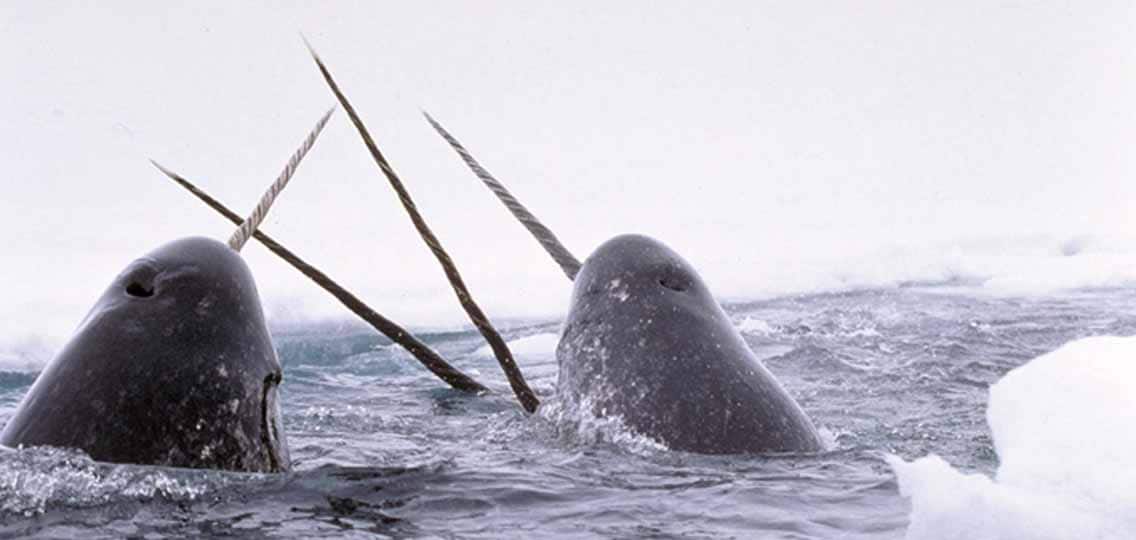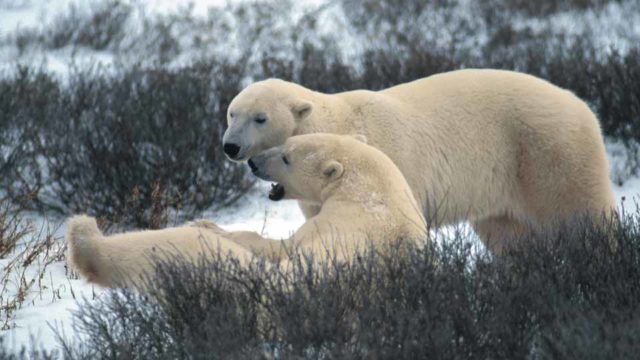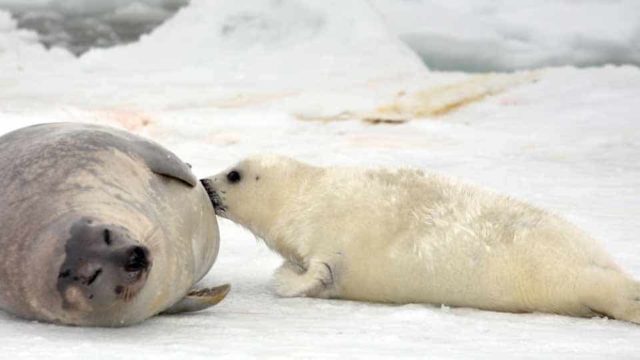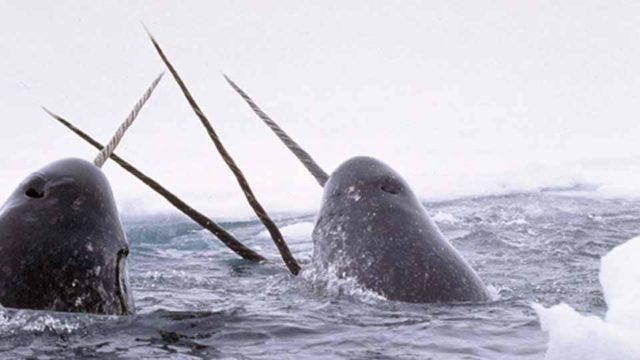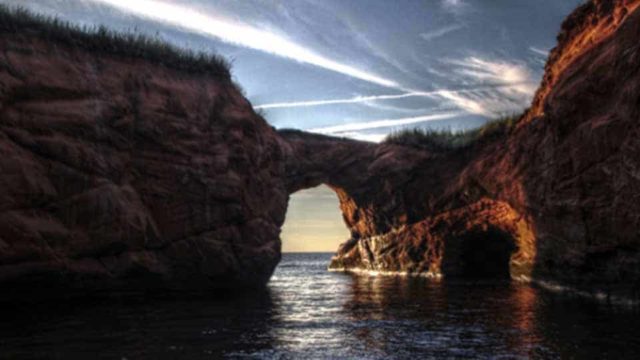Sitting at the eastern entrance of the famed Northwest Passage, Lancaster Sound is home to narwhals, belugas, ringed and harp seals, and walruses. The area also boasts one of the highest densities of polar bears in the Canadian Arctic, and one third of Canada’s colonial seabirds rely on Lancaster Sound for feeding and breeding.
Despite this abundance of wildlife, these waters have long been threatened by the possibility of exploratory drilling for oil and gas.
That’s why we launched a lawsuit on behalf of the World Wildlife Fund (WWF), asking the court to order the government to remove Shell Canada’s expired oil and gas permits in Lancaster Sound from a registry of active permits. (World Wildlife Fund Canada v. Attorney General of Canada and Shell Canada Limited.) Shortly after the case was filed, Shell released the permits, via the Nature Conservancy of Canada, to the federal government.
And at the same time, the federal government announced a five year plan to develop new National Parks and National Marine Conservation Areas, including the long-awaited Lancaster Sound National Marine Conservation Area.

